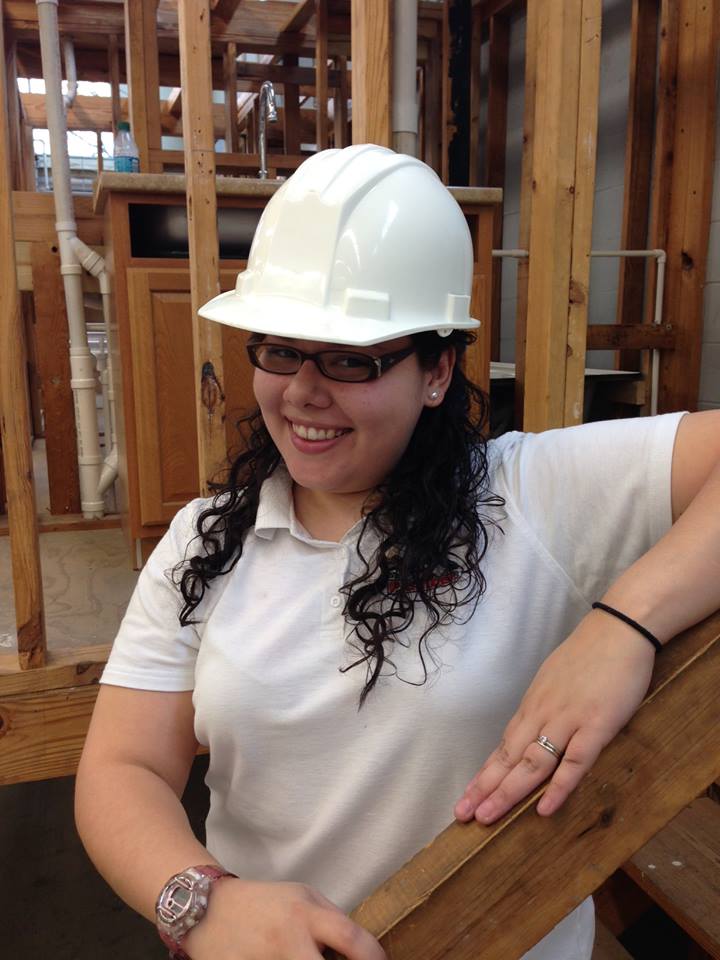
By: Allie Perez
Contractors are no strangers to adversity. The pandemic started a snowball effect that still has HVAC and plumbing professionals reeling. Just as COVID restrictions loosened, Mother Nature went into full attack mode. Winter storms and the blockage of the Suez Canal took no time to rear their ugly head. The summer ushered in unprecedented demand from a recovering economy, stimulus checks and booming residential construction. These have drastically affected the overall availability of plastics, polymers and resins that, despite being low-cost items, are commonly found in pipe and parts. The reduction in manufacturing, paired with fresh demand, has gravely affected the cost of these parts and their availability, leaving contractors scrambling.
Winter storms devastated the United States in the early months of 2021. One of the hardest hit regions was Texas, where 80-85% of all polymers for the United States are manufactured. The cataclysmic winter storms in Texas caused major power losses which forced factories to improperly shutdown their machines. These improper shutdowns caused most machines to need repair or replacement. Thus, drastically delaying the forecasted production timetable. During this winter storm time, plumbers went into overdrive trying to repair broken water lines that had burst due to prolonged freezing temperatures. This wiped out all fittings and pipe that suppliers had in stock at the time. Adversely, once the supplier’s stocks were depleted, many were left to wonder when stocks would be replenished.
Snowball effect
Decreased inventory has a lot of implications. First, parts will take longer to obtain. Second, since the demand is so high and availability is so low, parts will be more expensive. Analysts have noted a 2X-3X increase in parts pricing, which translates to increased prices for the end user. Lack of component availability also affects bid jobs and their completion dates. Contractors, like manufacturers, have been forced to implement force majeure on their contracts as the future of parts availability is still unclear and undetermined. Finally, freight charges have also skyrocketed in price while also claiming week- to month-long delays in delivery.
Analysts surmise at least six to twelve months or more of disruption to the supply chain. While the outlook is not optimistic, plumbing and heating professionals must plan for the worst and hope for the best. As more people obtain the COVID vaccine and normalcy returns to the country, the demand for licensed professionals within the skilled trade grows. It’s important to set realistic expectations for customers. If they understand the state of the industry, they can plan accordingly. Without that upfront communication, contractors could find themselves in hot water.
Contractors should also monitor their local, regional and national news for updates on the supply chain. The more informed you are, the better insight and information you can provide to your customers. Be prepared to act quickly by having a snapshot of your current inventory and what those needs may be in the future. Suppliers have been contacting contractors and offering parts for a limited time, while supplies last. The goal is to be informed and prepared if and when those calls come. Lastly, it is imperative for contractors to monitor the stock levels of their supplier’s supplier.
Inventory management
Despite the tumultuous last couple of years, seasoned professionals expect fluctuations in parts, supplies and workflow and general operations. Planning for disruptive periods is the best way to be prepared when they inevitably occur. The larger the mechanical firm, the more inventory controls should be in place. However, disruptions like this illustrate the need for even smaller companies to have established inventory controls. Even with plans and controls in place, this has been a banner year. Diversification of the supply chain is expected and crucial to prevent future issues.
Allie Perez is the CEO & Founder at Texas Women in Trades, Owner/CEO at Allie Katz Business Services and Consulting, and Director of Operations at Mr. Plumber Plumbing Co.

